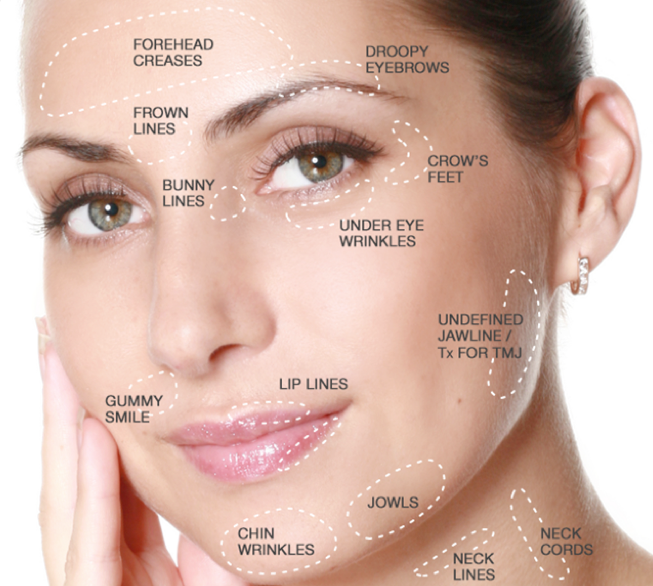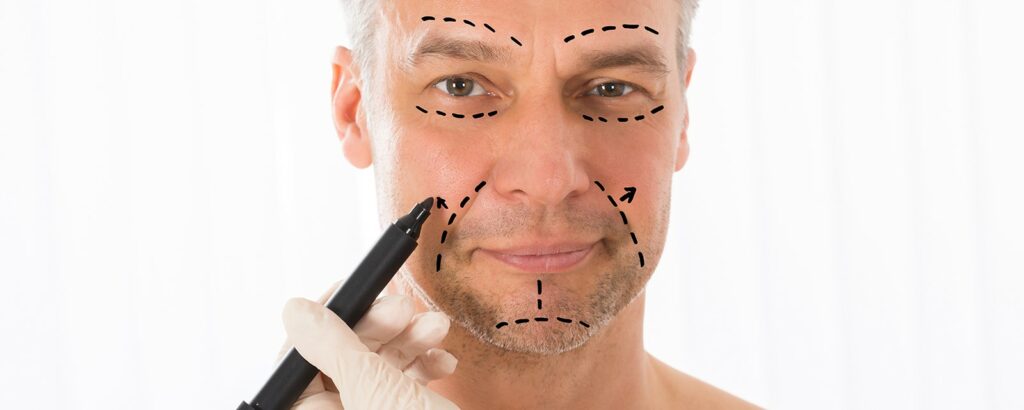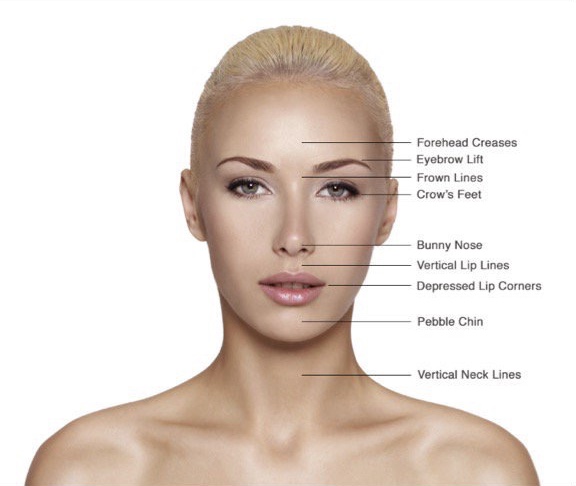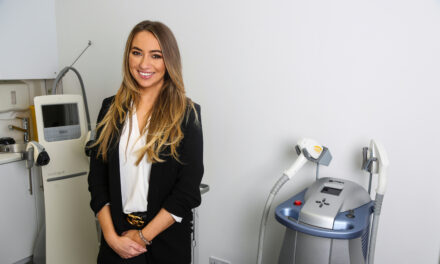
Does the tipping point for cosmetic procedures vary from person to person?
Yes absolutely. This is because everyone’s face is different. From experience especially related to the corrective work I do, I feel the problem can sometimes occur when practitioners treat each case with a “template to follow” rather than assessing and treating each face individually. This comes with experience as an injector.
Some people need more filler to achieve the same results as another person.
Some people are very sensitive to botox, whilst other may need double the dose to achieve the same effect.
Some people breakdown products such as filler quicker than others therefore the effects don’t last as long.
Peoples facial muscles vary in strength and positioning, therefore botox injection sites will vary greatly.

All these points must be taken into consideration and will affect how much and how often a person needs a treatment.
– Can a doctor refuse to give someone more filler/botox etc, or is it the case that if it’s not life-threatening it’s completely up to the person getting it?
No as a doctor we have a duty of care to our patients whether it is lifesaving or not. We have an ethical obligation not to cause harm to our patients. From a moral point of view I strongly believe and practice this and incorporate it into my practice of daily basis.
I will not do procedure on any patient I if feel it will not benefit them on a physical and psychological basis.
– What are the tell-tale signs of someone who’s had too much work done?
The classic signs are;• Overly frozen expression- less face• Over filling with dermal filler causing puffiness and water retention especially in delicate areas like the eyes.• Over filling lip can cause back-tracking of filler past the vermillion boarder which causes the classic trout pout• Over filling around the eye can cause congestion, slug like appearance of tracks of filler around the tear trough area when it is injected too close/superficial to the skin surface.
– Does too-far face come from having too much of one thing done, or a combination of treatments (like fillers, botox and lasers)?
You can go too far with anything; it doesn’t need to be in combination of treatments.
I think patients can get “hooked” on particular treatment they love the effects of and request more before it is due. It is our duty as doctors to support and manage patients in this situation and avoid the temptation to over treat. Lip filler and botox are classic examples.

– What happens under the skin if you inject too much?
Delicate skin tissue can become stretched and congested. Dermal filler is hydrophilic which means it draws in water. This can mean that tissues look puffy and swollen when over filled even weeks/months after the initial inflammation post injection resolves.
– How long does it take for botox and fillers to wear off?
Botox 3-6months
Filler it depends on the type of filler used. Filler varies in thickness, i.e how tightly crossed linked the particles of HA (Hyalaronic acid) are. Thicker filler last up to 12 year, thinner can last up up 6 months.
It both vary from person to person depending on how quickly you break it down naturally.
– Are there any treatments that are designs to dissolve quickly?With Botox, once it is injected the effect will start and you have to wait 3-6 months for the effects to wear off. Hence it is so important to have a practitioner inject it who fully understands the mode of action of the drug and equally facial anatomy, so it hits the right muscle and retains on the movements of muscles you don’t want to hit!

– Are there any treatments used to reverse the effects? (Like Hyaluronidase)
Only Hylase can reverse the effect of filer. This is an enzyme that breakdowns down filler containing HA.
Nothing can breakdown down Botox other than time!
– What kind of things do you recommend people take into consideration before getting these kind of treatments?
Firstly
Choose your practitioner wisely. Always go for a Medicallyqualified injector, with experience. In terms of treatments, botox and filler do give amazing, face changing results! Be realistic in your aims and also share them with your injector so you are both on the same page before you start. Also look at the person injecting you and how they look and style they carry off. There are so many of us doing aesthetics these days, but our personal and professional styles vary immensely!

Dr Jane Leonard
Liverpool – Manchester – London
MBCHB. BSC HONS (1ST ) MRCGP
104 Harley Street

Dr Jane Leonard is a fully qualified GP and Cosmetic doctor, graduating from the University of Manchester. She also has a first class honours degree in anatomical sciences, in which she focused her studies on the anatomy of the face, head and neck.
She completed her aesthetic training on Harley Street following a stint at The Alfred Hospital Medical Research Centre, in Melbourne, Australia. Her work in Dermatology research has been published in the prestigious Australasian Journal of Dermatology.
Almost a decade of aesthetic treatment experience, Dr Leonard has been nominated for the Cosmetic Doctor of the Year in the prestigious Safety in Beauty Diamond Awards.















